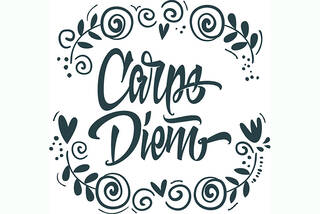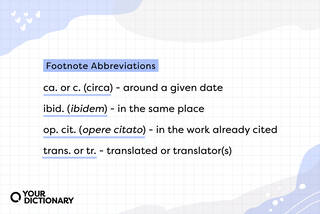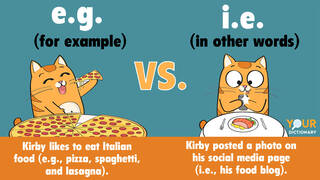
You may see the abbreviation etc. at the end of a list, and assume it means “and so on.” But what about the similar abbreviation et al.? What’s the difference between them?
What Does “et al.” Mean?
Et al. is an abbreviation for the Latin et alia, meaning “and others” (et means “and”; alia means “others”).
When an academic paper, study, or report has multiple writers, et al. can follow the first name or the first few names to show that more authors were involved.
Notice that et al. is always lowercase, unless it’s in a heading.

Common Latin Words and Phrases We Use in English
How To Use “et al.”
You’re most likely to see et al. in an academic context, typically listed in a paper’s bibliography or footnotes.
- Stern et al. (2016, p. 413)
- Barnett, McGowen, et al. (1999, p. 10–25)
You might also see et al. in the name of an accounting or law firm when all the partners can’t be listed in the letterhead.
- Davis, Kinsale, Moore, Sullivan, et al.
- Harvey, Gonzalez, et al.
Et al. provides the credit these writers and contributors deserve without adding too many names to your own writing, which may distract the reader.

Footnote Abbreviations: What Do They Mean?
Does “et al.” Always Need a Period?
Et doesn’t need a period because it’s a full word in Latin. However, al is an abbreviation for alia, so it does require a period — even when it’s in the middle of a sentence.
- Stern et al. (2016, p. 413) claim that the study was flawed.
- I refer again to Barnett, McGowen et al. (1999, p. 10–25) when it comes to this theory.
Use a plural verb after et al. for subject-verb agreement in a sentence, since you’re technically referring to more than one person.
Need to Know
Most style guides prefer to have no comma between the last name in the list and et al., unless you’re listing the reversed first and last names of a writer (Shakespeare, William, et al.)
What Does “Etc.” Mean?
While et al. indicates a continuation of a list of people, etc. indicates a longer list of items. It’s an abbreviation of the Latin et cetera, meaning “and the rest.”
How To Use “Etc.”
You’re most likely to see etc. after a list of items (which can include places, animals, food — anything that isn’t people). It can appear in formal writing, informal writing, and even in day-to-day conversations.
- Eggs, milk, chocolate chips, etc.
- Peru, Indonesia, Greece, Italy, etc.
- Dogs, cats, turtles, birds, etc.
Etc. essentially means, “You get the idea,” which is probably a more appropriate tone for informal writing than a formal paper. It refers to more items in a list where it's easy to infer what else might be on it.
Need to Know
The Chicago Manual of Style prefers that writers limit their use of etc. to parenthetical lists and tables.
- Let’s get all the supplies (tent, flashlight, sleeping bag, etc.) before we find a camping site.
Do You Need a Period After “Etc.”?
Like et al., etc. needs a period at the end of it — even when it falls in the middle of a sentence. You do need a comma between the last item in the list and etc.
- I need to buy eggs, milk, chocolate chips, etc. for the cookies.
- We’ve been to many places (Peru, Indonesia, Greece, Italy, etc.) in our travels.
- Growing up, her family had dogs, cats, turtles, birds, etc. as pets.
When etc. falls at the end of the sentence, you don’t need another punctuation mark after it. The period can function as the sentence’s final punctuation.

I.e. vs. E.g: Difference and Use (With Examples in Sentences)